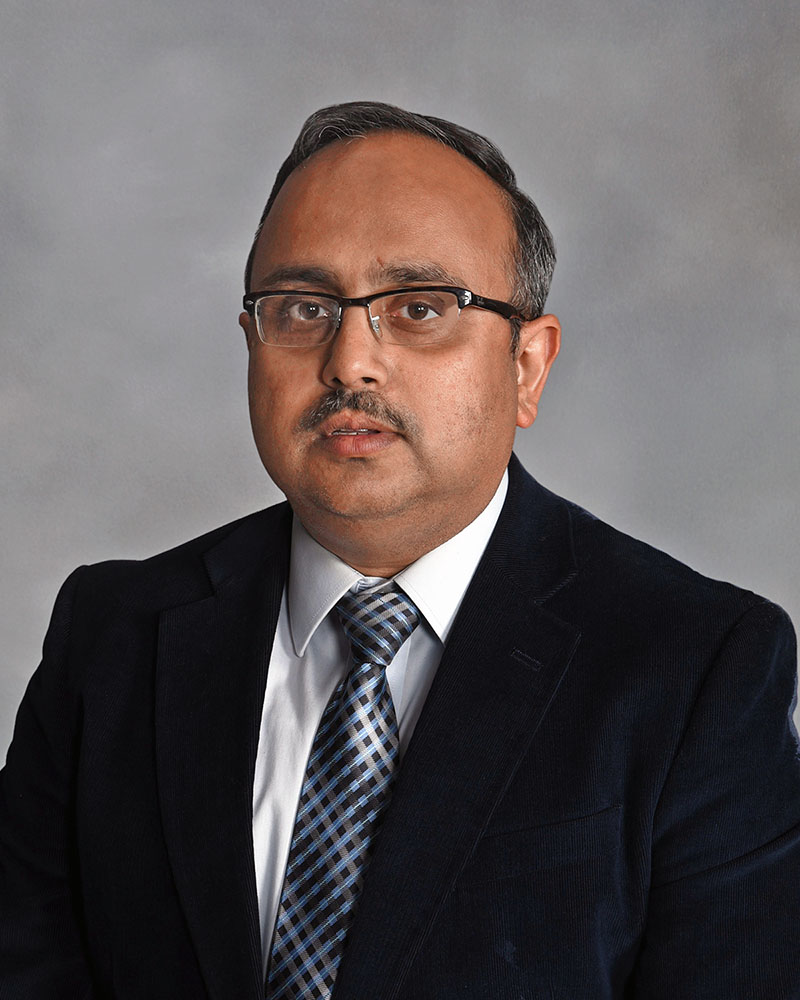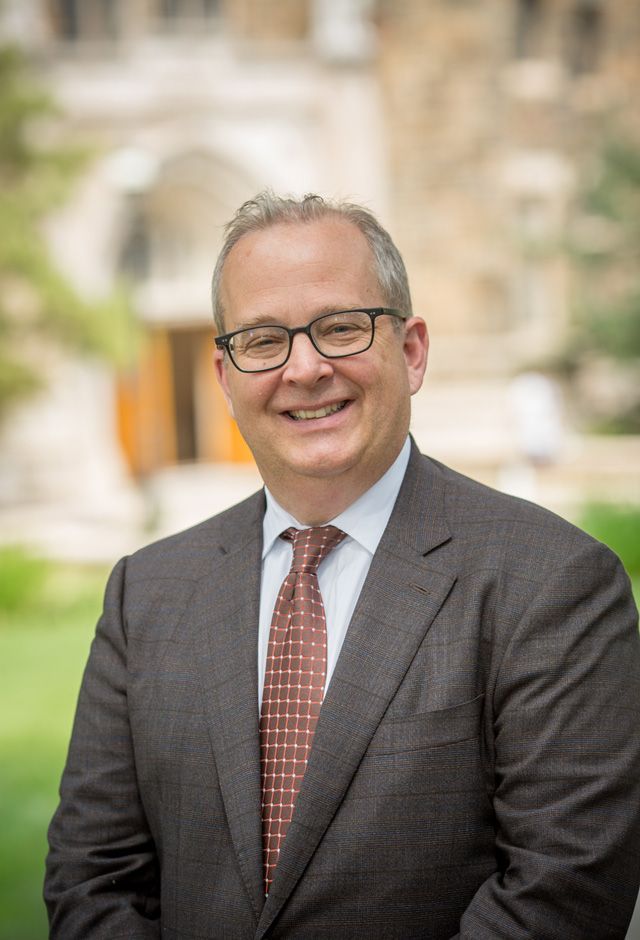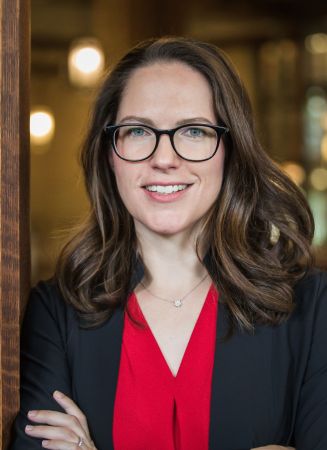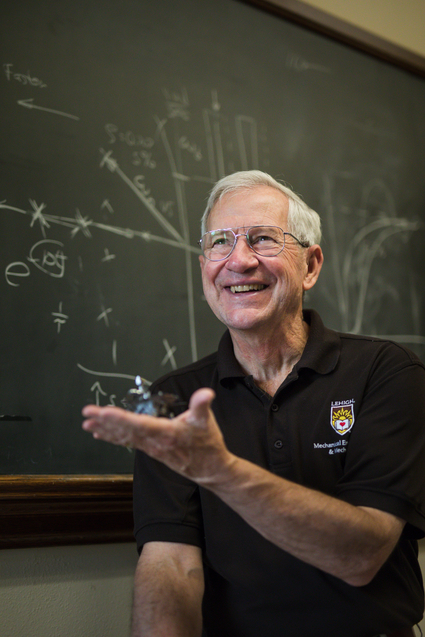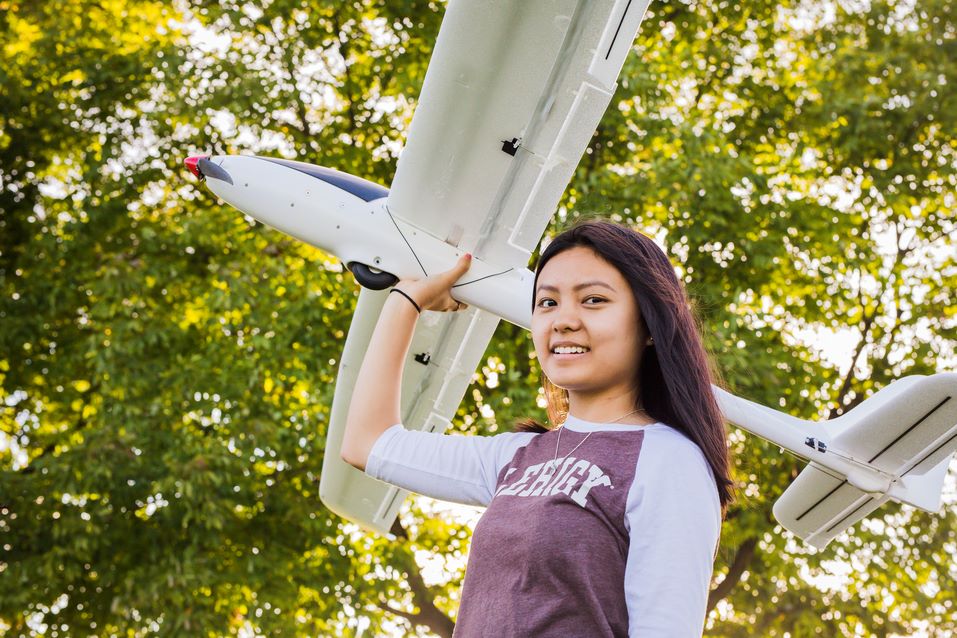
Studying aerospace engineering opens pathways for careers that push the boundaries of what’s possible, whether students want to shoot for the stars or help ensure a more sustainable future for aviation here on earth.
With interest in aerospace soaring—as evidenced by strong participation in Lehigh’s existing aerospace engineering minor, a vibrant community of related student clubs, and a wealth of alumni engaged in the industry—the Department of Mechanical Engineering & Mechanics (MEM) is launching a new effort to enhance its offerings in the field.
“The Lehigh Aerospace Initiative seeks to expand opportunities for students and tap into the expertise of our alumni who are tackling challenges at industry-leading companies and innovative startups,” says Arindam Banerjee, professor and chair of the MEM department.
At the core of the initiative is the introduction of a master’s track in aerospace engineering, which will be available to new incoming MS students and through Lehigh’s Bachelor’s to Master’s Accelerated Program. The accelerated program, commonly called a “4+1,” often enables highly motivated students to complete the credits for a master’s degree in one additional year of study at Lehigh beyond their four-year degree.
"BS-to-MS tracks are increasingly attractive to many STEM-minded students," says Steve DeWeerth, professor and dean of Lehigh’s P.C. Rossin College of Engineering and Applied Science. "Engineers are called on to address complex, interdisciplinary issues that require breadth and depth of knowledge, and Lehigh's accelerated bachelor's-to-master's programs efficiently deepen and diversify student skill sets and provide an edge in the job market. For those drawn toward futures in aerospace, this program will enable a giant leap forward."
Graduate-level education “opens more doors to jobs students are passionate about,” says Hannah Dailey, associate professor and director of graduate studies in the MEM department. “We have outstanding job placement statistics from our MS program and a cohort of young alumni who landed their dream jobs in the aerospace industry. The 4+1 program now lets us work with students from the very beginning of their Lehigh careers to build an individualized learning plan around their professional goals.”
The MS in Aerospace Engineering program will support more in-depth exploration of this dynamic field while enriching the sense of community within the department by establishing new avenues for mentorship.
“We are cultivating a core group of MEM alumni, faculty, and students associated with the aerospace minor or working in the industry to lead these efforts,” says Banerjee. “Connecting students with diverse professional role models and fostering these relationships is a top priority.”
Included in that group is teaching full professor and Lehigh MEM alumnus Terry Hart '68. Hart is a former NASA astronaut—a mission specialist aboard the STS 41-C Challenger in 1984—who went on to become an Air Force fighter pilot and later an engineer, inventor, and telecommunications executive.
"Our faculty is focused on providing comprehensive course offerings and challenging research opportunities in all of the technical disciplines that our students will need to successfully pursue their careers in the aerospace industry," says Hart, who teaches courses on aircraft design and performance, researches spacecraft attitude determination and trajectory optimization, and works with Lehigh's NASA Hopper Spacecraft Simulator project.
Also supporting the Lehigh Aerospace Initiative launch is Lehigh MEM alum Geoffrey Andrews ’15, who joined the technical staff of MIT Lincoln Laboratory after earning his MS and PhD in aeronautical and astronautical engineering from Purdue University.
“As an undergraduate at Lehigh, pursuing a minor in aerospace engineering unveiled a dazzling world of opportunities,” Andrews says. “Studying aerospace systems and aerodynamics introduced me to new and fascinating problems that sparked a passion for hypersonic flight, which led me to career opportunities at NASA and now MIT’s Lincoln Laboratory. I hope that by bringing together aerospace alumni from across Lehigh’s technical disciplines, we can help to provide more experiences that allow Lehigh students to discover a passion for spaceflight and aeronautics.”
At the undergraduate level, the MEM department is placing particular emphasis on creating experiences for juniors and seniors that shed light on career pathways in aerospace engineering. Banerjee also hopes to strengthen the department’s connections with existing student organizations, such the Lehigh Aerospace Club, Lehigh University Space Initiative (LUSI), and a student chapter of the American Institute of Aeronautics and Astronautics (AIAA).
Additional goals include funding grants for faculty/student professional development and extending outreach to high school seniors through mini-internships and lab experiences related to aerospace engineering.
“Students are drawn to aerospace engineering by thrills and possibilities of aviation and space exploration,” says Banerjee. “We’re excited to fuel those desires and pave the way to future careers by expanding Lehigh’s MEM’s offerings in this field.”

